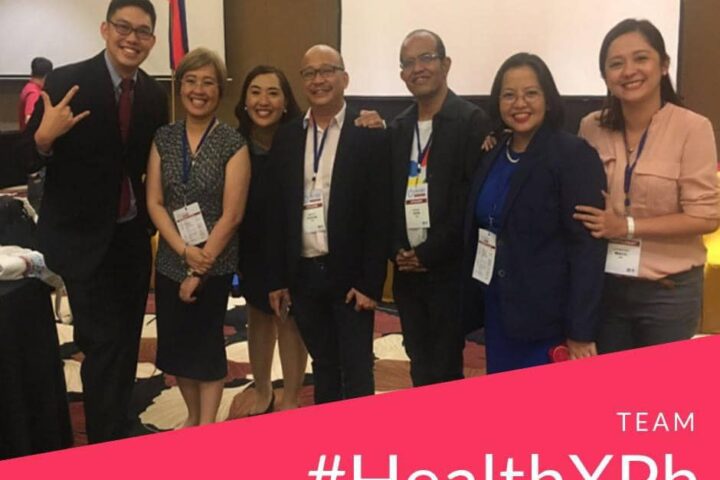There is 1 physician per 1, 153 Filipinos according to WHO’s Global Health Observatory physician density data. In remote areas of the Philippines however, the ratio is lower at one physician per 33,000 Filipinos. WHO recommends a 1 is to 1,000 (or less) physician to population density. This is just one of the many healthcare concerns we should address if we are to achieve this country’s millenium development goals.
The Philippine health system devolved most (at least in paper) of its health care implementation to the local and regional government units. Except for a few retained and autonomous healthcare institutions, the Department of Health only oversees and “augments” health needs of this country. The rest of health planning, policies, and implementation are up to the various local government units.

The lack of medical practitioners in the rural areas is attributed to several factors:
The diaspora of physicians from the Philippines to practice abroad is one of these factors. Majority of those who stayed in the Philippines opt to practice in urbanized cities, where their medical education and training suits the work environment. Practice of profession is also more profitable in urban centers. A lot of Filipino physicians also choose to work as a private practitioner for a more sustainable income rather than work in a government healthcare institution.
The lack of infrastructure and suitable working environment also discourages many doctors to practice in rural areas.. Most LGUs are unable to hire the necessary healthcare professionals in their locality. This, despite the law mandating LGUs to spend 30-35 percent of their internal revenue allotment to health needs of their locality. For decades, Department of Health’s response to doctors shortage is the Doctors to the Barrios program, started by then DOH secretary and Senator Juan Flavier. The program which has been lauded and popular at that time, had its successes limited to areas they are implemented.
One of proposed solution is the return of service contracting for graduates of government subsidized medical schools. Graduates of government subsidized medical schools are required to render service in the country for a specified number of years.
Join us this Saturday at #HealthXPh as we nitpick return service contracting as a solution to the lack of physicians in the country
- T1. Do you agree that healthcare workers in government subsidized schools render return of service after graduation? Why or why not?
T2. How can we keep our doctors from leaving the country after return of service?
T3. How do we keep our medical education attune with the health goals of the country?
Don’t forget 9:00PM Manila Time October 1, 2016, #HealthXPh tweetchat live. Join the discussion!











